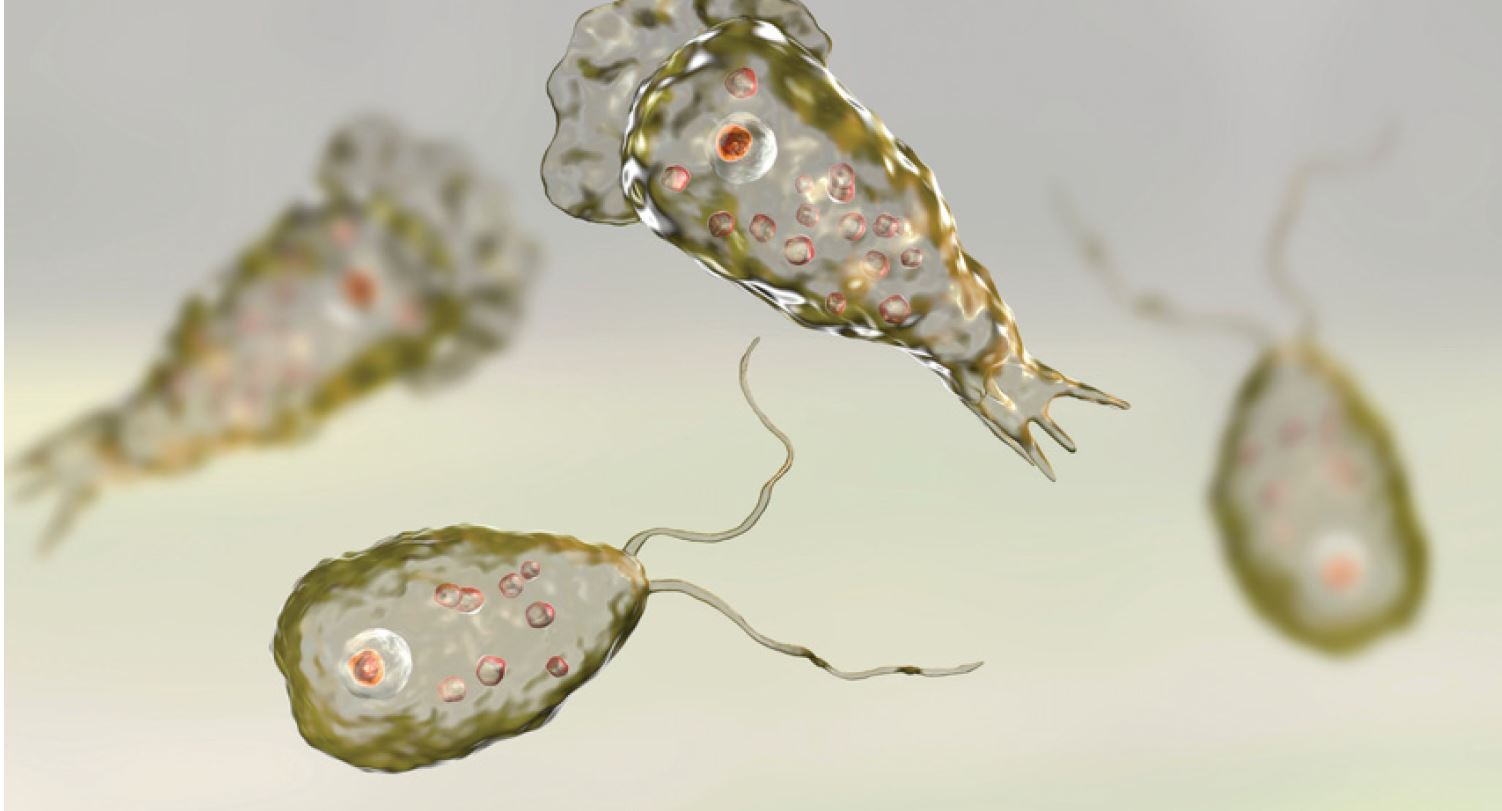Introduction
Naegleria is a genus of free-living amoebae found in freshwater environments worldwide. While most species are harmless, one particular species called Naegleria fowleri has gained attention due to its ability to cause a rare but deadly brain infection. In this article, we will delve into the world of Naegleria, examining its characteristics, life cycle, and the risks associated with infection. We will also explore preventive measures and treatment options. So, let’s dive in and learn more about this intriguing yet dangerous microorganism.
Table of Contents
- What is Naegleria?
- Naegleria fowleri: The Brain-Eating Amoeba
- Life Cycle of Naegleria fowleri
- Routes of Infection
- Symptoms of Naegleria Infection
- Diagnosis and Treatment
- Preventive Measures
- The Importance of Clean Water
- Naegleria and Recreational Water Activities
- Public Health Measures
- Research and Future Perspectives
- Conclusion
- FAQs
1. What is Naegleria?
Naegleria is a genus of single-celled amoebae that belongs to the family Naegleriidae. These amoebae are commonly found in freshwater bodies such as lakes, rivers, and hot springs. They exist in their trophozoite form, which is the active feeding stage of the organism. While many species of Naegleria are harmless, one species, Naegleria fowleri, can cause a severe and often fatal infection in humans.
2. Naegleria fowleri: The Brain-Eating Amoeba
Naegleria fowleri, often referred to as the “brain-eating amoeba,” is a thermophilic amoeba that thrives in warm water environments. It is primarily found in tropical and subtropical regions, where water temperatures can reach high levels. Naegleria fowleri is known for its ability to enter the human body through the nose and travel to the brain, causing a rare but devastating infection called primary amebic meningoencephalitis (PAM).
3. Life Cycle of Naegleria fowleri
The life cycle of Naegleria fowleri involves three distinct stages: the trophozoite, the flagellate, and the cyst. The trophozoite is the active and feeding stage, where the amoeba moves and engulfs bacteria as its food source. When environmental conditions become unfavorable, the trophozoite transforms into the flagellate stage, which possesses a whip-like tail called a flagellum for movement. Finally, the amoeba can encyst, forming a protective outer shell called a cyst, which allows it to survive harsh conditions.
4. Routes of Infection
Naegleria fowleri infects humans when water containing the amoeba enters the nasal passages. This can occur during activities such as swimming, diving, or using contaminated water for nasal irrigation or cleansing. The amoeba then travels through the olfactory nerve and reaches the brain, where it causes severe damage and inflammation.
5. Symptoms of Naegleria Infection
Once the Naegleria fowleri amoeba reaches the brain, it leads to primary amebic meningoencephalitis (PAM). The symptoms of PAM initially resemble those of bacterial meningitis, including headache, fever, nausea, and neck stiffness. As the infection progresses, symptoms worsen, and individuals may experience seizures, hallucinations, and coma. PAM progresses rapidly, often resulting in death within a week.
6. Diagnosis and Treatment
Diagnosing Naegleria infection can be challenging due to its rarity and rapid progression. However, certain laboratory tests, such as cerebrospinal fluid analysis and polymerase chain reaction (PCR), can aid in detection. Unfortunately, the prognosis for Naegleria infection is poor, and treatment options are limited. Antifungal medications and other drugs have been used in some cases, but the effectiveness remains uncertain.
7. Preventive Measures
Prevention is key when it comes to Naegleria infection. The following measures can help minimize the risk:
- Avoid swimming or diving in warm freshwater bodies, particularly in areas where Naegleria fowleri is prevalent.
- Use nose clips or hold your nose shut when engaging in water activities.
- Ensure proper chlorination and filtration of swimming pools and hot tubs.
- Use distilled or sterile water for nasal irrigation or cleansing.
- Educate yourself and others about the risks associated with Naegleria and the preventive measures to be taken.
8. The Importance of Clean Water
Clean water plays a vital role in preventing Naegleria infections and other waterborne illnesses. Proper sanitation and water treatment systems are crucial for ensuring the safety of drinking water sources. Additionally, regular monitoring of water quality and swift action in response to contamination are essential for public health.
9. Naegleria and Recreational Water Activities
Recreational water activities, such as swimming, water parks, and hot springs, provide opportunities for Naegleria fowleri to infect individuals. Public health authorities should enforce guidelines and regulations to maintain the safety of recreational water facilities. Adequate water testing, maintenance, and education about the risks associated with Naegleria can help prevent infections and ensure a safe environment for water-based recreation.
10. Public Health Measures
Public health organizations play a crucial role in raising awareness, conducting surveillance, and implementing control measures related to Naegleria infections. They collaborate with healthcare providers, water management agencies, and the general public to educate, prevent, and respond to outbreaks. Early detection and effective communication are vital in minimizing the impact of Naegleria infections on public health.
11. Research and Future Perspectives
Research on Naegleria continues to expand our understanding of its biology, life cycle, and mechanisms of infection. Ongoing studies focus on developing more effective diagnostic methods, exploring potential treatments, and improving preventive measures. The scientific community aims to enhance public health strategies and ultimately reduce the incidence and mortality associated with Naegleria infections.
12. Conclusion
Naegleria fowleri is a microscopic organism capable of causing a severe and often fatal brain infection. Understanding the characteristics, life cycle, and routes of infection is crucial for preventing Naegleria infections. By promoting awareness, practicing preventive measures, and maintaining clean water sources, we can mitigate the risks associated with this deadly amoeba and protect public health.
FAQs
- Is Naegleria infection common?
- No, Naegleria infection is extremely rare, but it can be fatal.
- Can I get infected with Naegleria by drinking contaminated water?
- No, Naegleria infection occurs when water containing the amoeba enters the nasal passages.
- Can Naegleria be transmitted from person to person?
- No, Naegleria infection is not contagious and cannot be transmitted
Pakistan have reported the first Naegleria fowleri
#Naegleriainlahore
#Naegleriainfectionsymptoms





